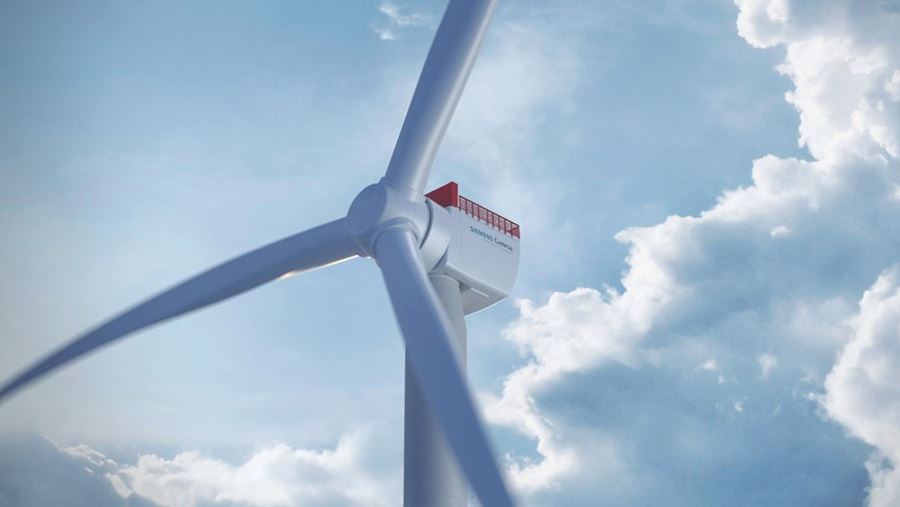CEO of Siemens Gamesa Renewable Energy Jochen Eickholt put forward a thought-provoking opinion on Linkedin. Referring to the New York Times’ piece on the state of the European wind industry, he indicated that although people would think that the sector should be blooming in current circumstances, actually “it is not – and there many reasons for that.”
Among those reasons, head of one of the leading European turbine manufacturer, listed lack of the capital to develop, build and install wind turbines due to reported losses by the turbine makers. Eickholt noted that the industry won’t be able to address the ongoing energy crisis, if it loses its “competitive edge.” As a result, it could be not able to deliver CO2 reductions at the rate “needed to prevent climate catastrophe.”
Stanley Reed, an author of the article titled “Europe’s wind industry is stumbling when it’s needed most”, published in New York Times on November 22, is taking one step further revealing the concerns that the European wind energy business will repeat “the bitter experience” of the European solar panels makers, with the European market being dominated by producers from China, although the technology itself was first developed in the West.
The newspaper shares its surprise to the fact that despite “long promoted” offshore wind projects in Europe and mobilization of the governments and the European Commission in the face of Russia’s cutting natgas shipments in a response to sanctions, the European wind energy industry does not enjoy a prosperous time.
Still, a long list of reasons behind the European turbine makers losses and cost-cutting programs is presented. Losses have been recently reported by Siemens Gamesa Renewable Energy, Vestas Wind Systems, and are expected by General Electric, the company making wind turbines both in the United States and Europe.
Rising costs for materials and shipping may result in huge losses for the producers of turbine when they are delivered, the newspaper noted. “At the same time, a race to create bigger, more powerful turbines has meant that manufacturers are spending hundreds of millions of dollars on new models but not selling enough machines to recover the costs,” the article reads.
Jochen Eickholt, CEO of Siemens Gamesa Renewable Energy, told reporters, as cited by NYT, that European governments “would be wise” to introduce measures encouraging domestic investment in clean energy. Such incentives were included in the Inflation Reduction Act by Biden’s administration and were criticized by EU officials concerned that they will “draw manufacturers away from the continent,” writes NYT. “I think it is absolutely vital also in Europe that we keep the related know-how and also the manufacturing and labor base,” Eickholt said, as cited by the newspaper.
Siemens Gamesa also fears that it will be China that will create the EU energy transition. The delays in wind farms approvals as well as windfall taxes on power companies, including wind farms operators, which have been announced or are plotted by some European countries, are not helping, the industry’s executives are pointing out.
“Europe found itself with a dilemma: whether to support domestic turbine production, possibly prolonging reliance on fossil fuels, or turn to alternative sources for equipment instead,” Endri Lico, a senior analyst for wind at the consulting firm Wood Mackenzie, told NYT, noting that it is a matter of priorities.
















